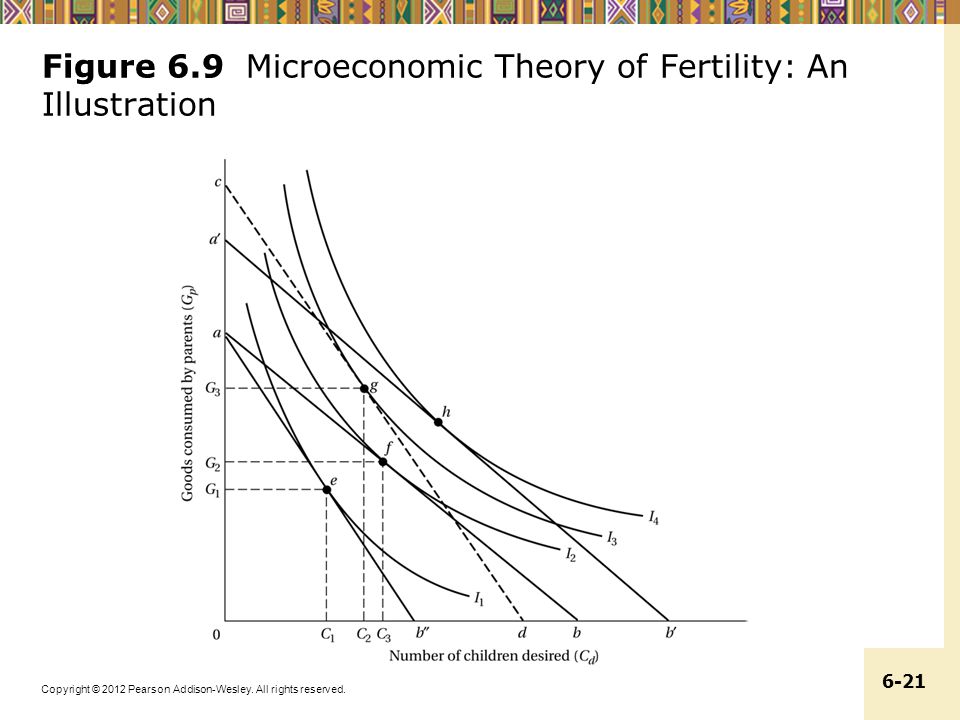
Microeconomic Theory Of Fertility Pdf Files
Micro-economic theories of fertility (English). Normative and predictive implications of so-called economic theories of fertility. Official PDF, 31 pages 1.13 mb.

• • 2.2k Downloads • Abstract In this essay. I suggest that the crisis in our understanding of fertility transitions is more apparent than real. Although most existing theories of fertility transition have been partially or wholly discredited, this reflects a tendency to assume that all fertility transitions share one or two causes, to ignore mortality decline as a precondition for fertility decline, to assume that pretransitional fertility is wholly governed by social constraints rather than by individual decision-making. And to test ideas on a decadal time scale. I end the essay by suggesting a perceptual.
Interactive approach to explaining fertility transitions that is closely allied to existing theories but focuses on conditions that lead couples to switch from postnatal to prenatal controls on family size. This paper is a revision of the presidential address delivered at the annual meeting of the Population Association of America, Washington, D.C., March 27–29, 1997. I am indebted to Ian Diamond, John R. Microeconomic Theory Pdf Birth rates, death rates, Total fertility rates. Table 6.3 Fertility Rate for Selected Countries, 1970 and 2009. Figure 6.9 Microeconomic Theory of Fertility: An.
Children & Utility • Adults receive utility from child services (CS) – quantity • # of children – quality • resources given to children • Utility functions of adults: U=U(CS, A) • So adult utility comes from – child services: CS – adult consumption goods: A. This preview has intentionally blurred sections. Sibert, and my current and former colleagues at the East-West Center, John Bauer, Minja Kim Choe, Phil Esterrnann, Griffith Feeney, Andrew Mason, Bob Retherford, Sidney Westley, and Peter Xenos for comments on earlier versions; to my long-term collaborators, Herbert L.
Smith, Shireen J. Jejeebhoy, Zeba A. Sathar, Shyamala Nagaraj, Corazon M. Raymundo, and Napaporn Chayovan; and to other colleagues at the East-West Center who have shown me unfailing support, friendship, and encouragement.
Funding for my recent research, including this address, has been provided by the Rockefeller Foundation, the Andrew W. Mellon Foundation, and by Grant ROI HD3357 from the National Institute of Child Health and Human Development.
I am grateful for all of these sources of support.
• • Part of the book series (IEA) Abstract There are many explanations of why human fertility varies from one society to another and among different groups or individuals within the same society. Attempts to identify and measure the factors that affect fertility and hence to discriminate among current competing causal hypotheses have not been notably successful.
This gap in our basic stock of knowledge is both a source of embarrassment to social scientists and an obstacle to the strategic formulation and tactical evaluation of population policies throughout the world. This paper was written with the support of the Economic Development Center of the University of Minnesota, from a U.S.A.I.D. 211(D) grant for the Conference on Economic Factors in Population Growth of the International Economic Association, September 1973, Valescure, France. It is an elaboration of the paper I presented at the 1972 A.E.A. Meetings in Toronto.
I also draw on earlier research supported at the Rand Corporation by a grant from the Rockefeller Foundation; contract NIH 71-2211 from the Center for Population Research, National Institute of Child Health and Human Development, and contracts csd 2151 and 2533 from U.S.A.I.D. Cesmm3 explained pdf free download.